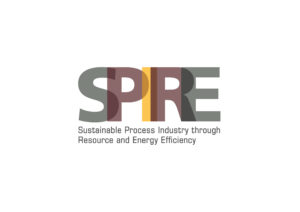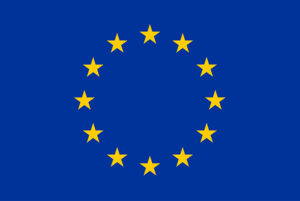New flexible burner to increase productivity and reduce electricity consumption

In RETROFEED project, it is expected to use renewable feedstock for our demo-site partners in the steel sector FENO and SILCOTUB. The reason is that the electric arc furnace (EAF) used to melt the steel scrap has both a very high energy consumption and related environmental footprint. The energy is supplied by electrical source (electric arc) and by chemical source (methane burners, oxygen injectors and carbon injectors). Normally, natural gas, coal and oxygen are utilised as chemical source.
However, the consumption of natural gas (and consequently the CO2 emission) can be reduced by using biochar and plastic grains. For that, a new flexible burner has been dimensioned and designed in order to reach the same productivity of current CH4 burners, or even higher in order to further increase productivity and reduce electricity consumption. This new flexible burner can be fed by different residues from steel industry such as EAF powder coming from off gas duct, dried sludges coming from pickling acid neutralization and iron oxide coming from rolling mill scale, and also other residues coming from other industrial residues such as the granulated tires.

Figure.1 Flame modelization of new burner

Figure.2 Temperature field [K]. Reference case: methane combustion. Burner and injection case: plastic combustion
Until now, the work in FENO demo site has been focused to design the new burner, tested by mean of CFD simulations and compared to a CFD simulation of the existing burner. By comparing the velocity and temperature field, it has been seen the new burner has the same performance of the existing burner. Furthermore, burning plastic has the same effect of burning methane due to the high heating value of plastics. Thus, it has been demonstrated that plastic burner can replace methane burner and, therefore, partners are now manufacturing the innovative burner to be installed in FENO plant. For SILCOTUB demo site it has been designed a system to partially replace coal, lime and scrap for injecting carbon substitutes and co-product/residues particles from the steel industry (i.e., residues containing CaO, C, FeO, Mg and Al2O3) and possibly with similar residues from other industrial sectors. Finally, all these activities have been complemented with an exhaustive characterisation of the alternative materials to be burnt or blown in both demo sites to have information about chemical analysis, dimensional analysis and behaviour during heating.

Figure.3 Example of plastic grains (left) and granulated tires (right)

